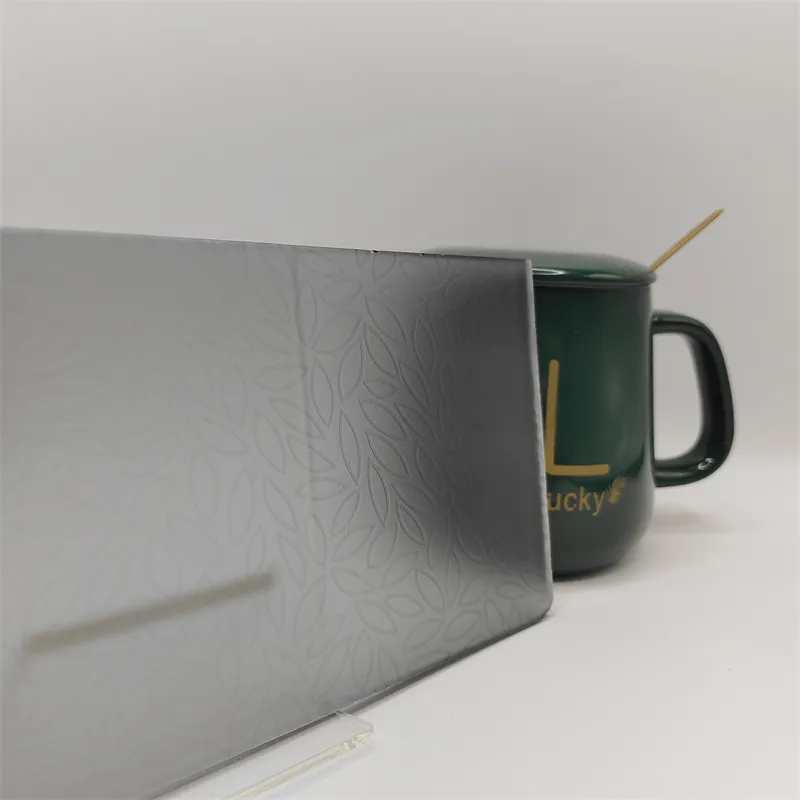Dec . 04, 2024 07:57 Back to list
Understanding the Benefits and Applications of Laminated Glass in Modern Construction
The Importance and Applications of Laminated Glass
Laminated glass, an innovative and versatile material, has gained considerable traction in modern architecture and design due to its unique properties and aesthetic appeal. This type of glass is composed of two or more layers of glass that are interlayered with a polymer material, typically Polyvinyl Butyral (PVB) or Ethylene Vinyl Acetate (EVA). This construction not only enhances safety and durability but also provides numerous functional and aesthetic advantages, making it an essential material in various applications.
Enhanced Safety and Security
One of the most significant benefits of laminated glass is its safety features. When broken, laminated glass holds together, preventing shards from scattering. This characteristic is crucial in environments where the risk of injury from flying glass is high, such as in buildings, vehicles, and public spaces. The interlayer effectively keeps the glass bonded, reducing the likelihood of accidents while providing an added layer of security against forced entry. Many commercial properties, including banks and boutiques, use laminated glass for storefronts and windows to deter break-ins.
Sound Insulation
Another major advantage of laminated glass is its superior sound insulation capabilities. The interlayer between the glass panes acts as a sound barrier, significantly reducing the transmission of noise from the outside. This feature makes laminated glass an ideal choice for buildings located in noisy urban environments, such as those near highways, airports, or busy streets. Homeowners and businesses seeking a quieter atmosphere often opt for laminated glass to create a more peaceful environment.
UV Protection
Laminated glass also offers protection against harmful ultraviolet (UV) rays. The interlayer can filter out up to 99% of UV radiation, preventing damage to furnishings, artwork, and flooring caused by prolonged exposure to sunlight. This aspect not only helps preserve the appearance and integrity of interior spaces but also contributes to the overall health and well-being of the occupants by reducing UV-related health risks.
laminated glass

Aesthetic Versatility
In addition to its functional benefits, laminated glass is available in a wide range of styles, colors, and finishes, allowing architects and designers to explore creative possibilities. Manufacturers can also produce laminated glass with decorative patterns or textures, enabling unique design solutions for commercial and residential projects. This versatility makes laminated glass a popular choice for skylights, glass doors, partitions, and more, enhancing the overall aesthetic appeal of a space.
Environmental Benefits
The use of laminated glass is also seen as an environmentally friendly choice. Laminated glass can be made with recycled materials, and its energy-efficient properties can contribute to sustainable building designs. By minimizing energy consumption through better insulation and reducing the need for artificial lighting, laminated glass can help lower a building’s carbon footprint.
Applications in Various Industries
The versatility of laminated glass spans various industries, including automotive, architecture, and interior design. In the automotive sector, laminated glass is commonly used for windshields, offering strength, safety, and sound insulation. In architecture, its applications are vast, ranging from residential homes to high-rise buildings, storefronts, and public spaces. It is also used in museums and galleries to protect artworks and historical artifacts from UV damage and potential breakage.
Conclusion
In conclusion, laminated glass stands out as a multifaceted material with compelling benefits for safety, sound insulation, UV protection, and aesthetic versatility. Its applications across different industries demonstrate its adaptability and importance in contemporary design. As technology advances and sustainability becomes increasingly paramount, laminated glass will likely play an even more significant role in the future of construction and design, bridging the gap between style and functionality. Whether used in a high-rise building, a cozy home, or a sleek automobile, laminated glass is a testament to modern engineering and design innovation.
-
Safety and Style with Premium Laminated Glass Solutions
NewsJun.24,2025
-
Reinvents Security with Premium Wired Glass
NewsJun.24,2025
-
Premium Float Glass Line for Modern Architecture
NewsJun.24,2025
-
Low Emissivity Glass for Energy-Efficient Architecture
NewsJun.24,2025
-
High-Performance Insulated Glass Solutions for Modern Architecture
NewsJun.24,2025
-
Elevates Interior Style with Premium Silver Mirror
NewsJun.24,2025
Related PRODUCTS














